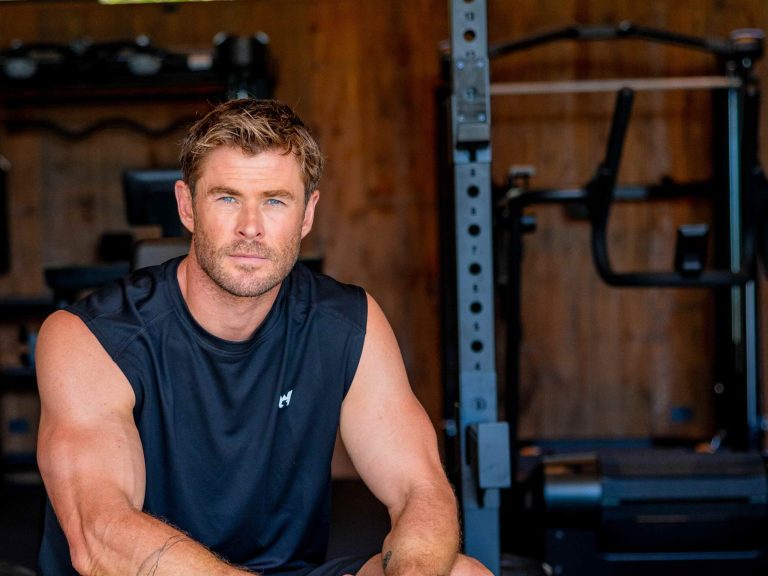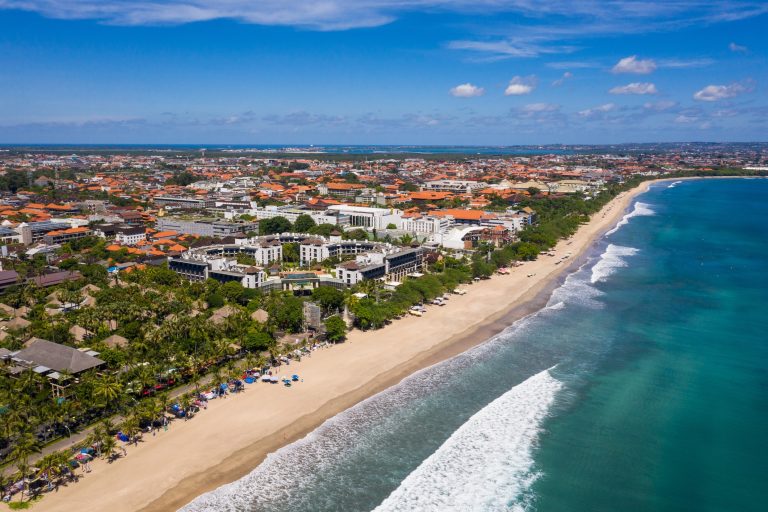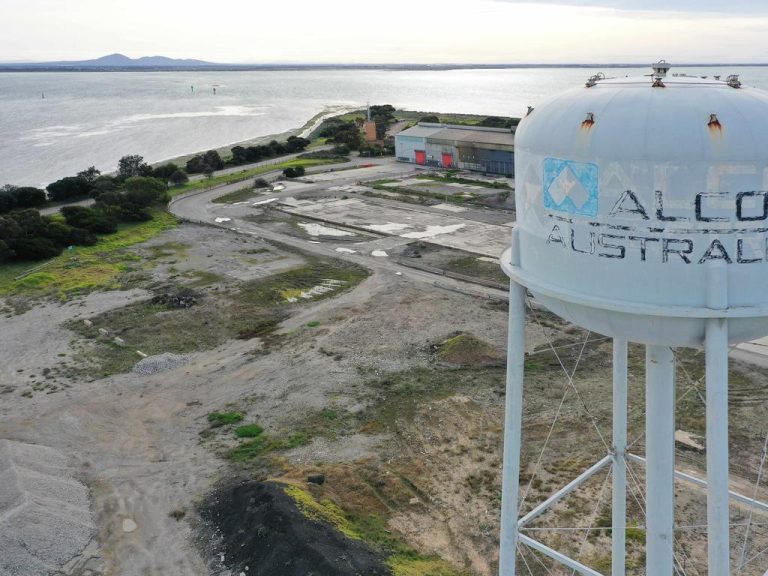Property yields to rise as investors return

Residential property yields have shown signs of stabalising as rental increases begin to outpace price growth. Picture: NCA NewsWire/Gaye Gerard
Residential rental yields have shown signs of stabilisation in capital city locations as the unit market rebounds from Covid pressures.
While property prices around the country continued to record a slowing rate of growth through February, rental growth held reasonably firm as the national gross yield settled at 3.2 per cent – the lowest rate on record.
Data from property researcher CoreLogic released on Tuesday showed the national rate for gross yield still sat above that of Sydney (2.4 per cent) and Melbourne (2.8 per cent), but both showed a slight strengthening last month as rental growth nudged higher than growth in housing values.
CoreLogic’s director of research Tim Lawless said the timing was opportune for investors who were taking a chance in property in increasing numbers.
“At a time when we’ve seen more investors coming back into the marketplace, bucking the slowing trend and becoming a bigger proportion of the market, the stabilisation of yields is probably a good news story for that segment of the marketplace,” Mr Lawless said.
“Through this upswing yields have been under this consistent downward trajectory and housing outpaced unit rentals down. But that’s now stabilised.
“As we start to see interest rates rising, it does look like we’ll probably also see a reversal of yield compression, which might help to shore up investment across the Australian housing market.”
Mr Lawless flagged rental yields could be moving through the bottom of their cycle after several years of compression where gross rental yields fell to historic lows across most of Australia’s capital cities. Further repair is likely if rents continue to rise faster than housing values, which is a strong possibility.
Yields are stronger in the smaller capitals, led by Darwin (6 per cent), followed by Perth (4.4 per cent), Canberra (3.8 per cent), Adelaide (3.8 per cent), Hobart (3.7 per cent) and Brisbane (3.6 per cent).
The best yields are still achieved in regional Australia, reflecting a combined rate of 4.1 per cent.
The first quarter of the year is traditionally the strongest for the residential rental market as tenants look to set down roots for the year to come.
The rate of rent increases in the unit sector has sped up to 0.9 per cent through February compared to a 0.7 per cent rise for houses. Mr Lawless said the trend was stronger in Sydney and Melbourne, reflecting more affordable weekly asking prices and the slow return of demand from overseas arrivals







